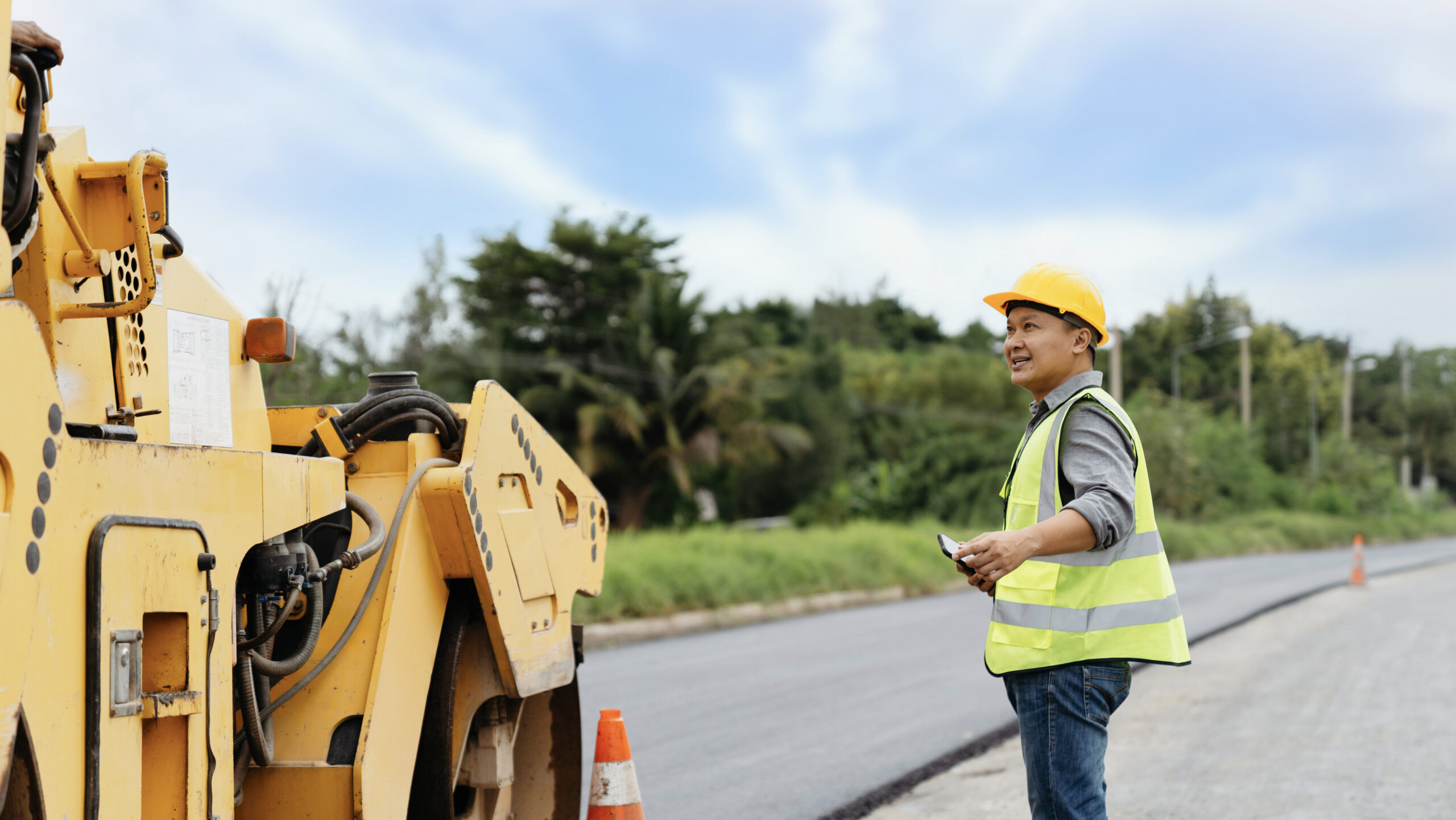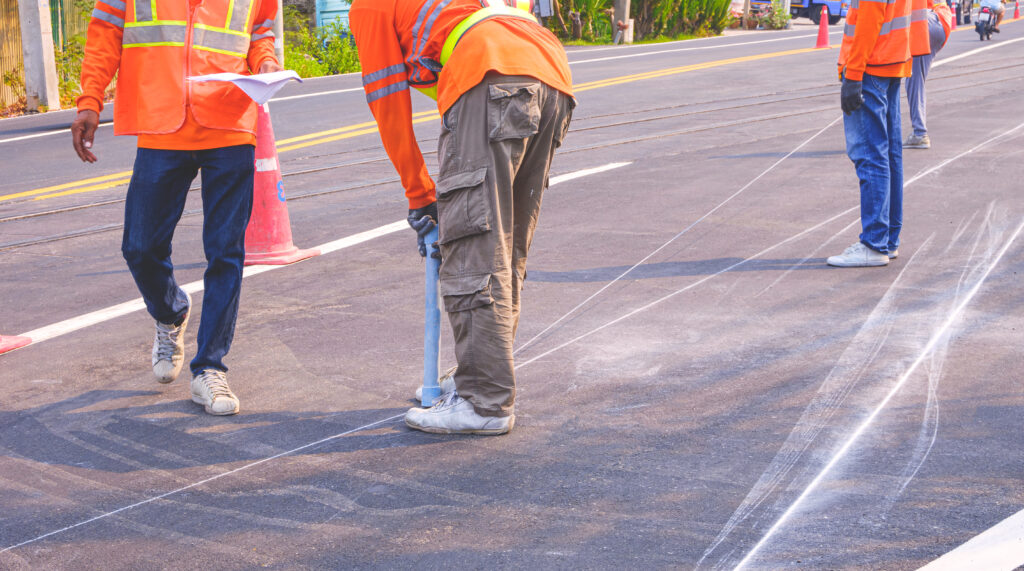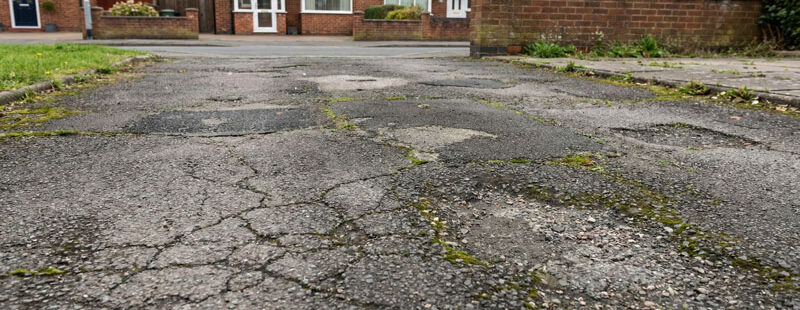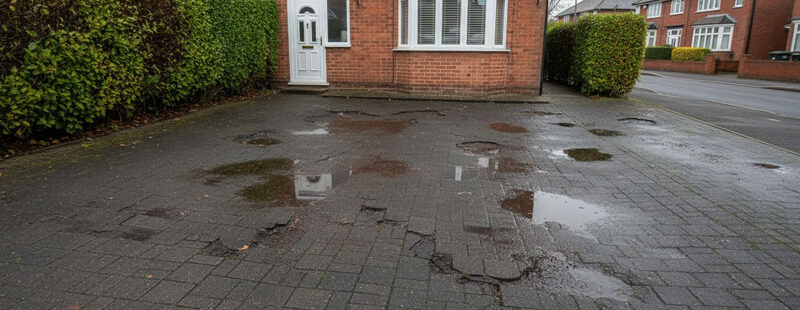
The Importance of Skid Resistance in Road Surfacing
Skid resistance in road surfacing is one of the most critical safety factors in modern infrastructure. It directly impacts vehicle control, braking distance, and the likelihood of accidents—particularly in wet or icy conditions. Whether you’re planning a new tarmac installation in Hertfordshire or managing an existing road network, ensuring optimal skid resistance is vital.
In this blog, we’ll explore what skid resistance means, how it’s measured, why it’s so important, and how expert contractors in Hertfordshire can help maintain safe, durable surfaces.
What Is Skid Resistance?
Skid resistance refers to the ability of a road surface to provide grip or traction to vehicle tyres. It’s essential for:
-
Maintaining control during cornering
-
Reducing braking distance
-
Preventing hydroplaning on wet roads
The texture of the road—both microtexture (surface roughness) and macrotexture (larger surface pattern)—affects how much grip tyres can achieve, especially in challenging weather conditions.
Why Skid Resistance Matters for Safety
Without adequate skid resistance, even a perfectly level and well-marked road can become hazardous. Poor surface grip is a common factor in many road accidents, particularly in high-traffic zones or during rainy months.
For example, commercial tarmac contractors in Hertfordshire are often tasked with surfacing areas such as business parks, retail complexes, or access roads—locations that must remain safe in all seasons. High skid resistance is especially important in:
-
School zones
-
Roundabouts
-
Pedestrian crossings
-
Sloped roads
-
Car park exits and entrances
Measuring Skid Resistance
In the UK, skid resistance is commonly measured using a SCRIM (Sideway-force Coefficient Routine Investigation Machine). This machine evaluates the sideways friction of a surface while driving at a constant speed, helping authorities assess whether roads meet safety standards.
Local councils and commercial clients alike should regularly assess their road networks for skid performance—particularly older surfaces or those affected by oil deposits, water pooling, or heavy vehicle traffic.
Improving Skid Resistance Through Quality Surfacing
The best way to achieve long-term skid resistance is through high-quality tarmac surfacing in Hertfordshire. This includes using appropriate aggregates, proper rolling techniques, and surface finishes designed for grip and durability.
For instance, East Herts Surfacing applies precision methods in every tarmac installation in Hertfordshire, ensuring long-lasting surface texture that doesn’t polish smooth over time. Our team also offers resurfacing services for worn or hazardous roads.
Take a look at our tarmac installation portfolio for examples of our skid-safe finishes.
Skid Resistance in Different Applications
1. Driveways
Even residential tarmac driveways in Hertfordshire can benefit from improved skid resistance, especially on slopes or shaded areas prone to moss and water buildup. Applying a textured surface layer or sealcoat with added grit can help.
2. Car Parks
In busy retail or industrial settings, car park tarmac services in Hertfordshire must include safety features like high-friction surfacing—particularly at ramps and pedestrian crossings.
3. Pathways
Skid resistance isn’t just for roads. Tarmac pathways in Hertfordshire need grip too—especially in parks, schools, and public walkways where foot traffic increases the risk of slips.
Learn more about our commercial surfacing expertise designed with safety and grip in mind.
How to Maintain Skid Resistance Over Time
Even the best-laid tarmac loses some surface texture over time. Here’s how to maintain good skid resistance:
-
Surface Dressing: Adds a new layer of aggregate to restore texture
-
Friction Testing: Routine measurements to monitor surface grip
-
Cleaning: Removing oils, algae, or debris that reduce traction
-
Resurfacing: When polish and wear are too severe for repair
Conclusion: Skid Resistance Saves Lives
Skid resistance in road surfacing is not just a technical specification—it’s a lifesaving feature. From major roads to local car parks, it ensures that drivers maintain control, pedestrians stay safe, and surfaces stay functional for years.
If you’re looking to enhance the safety of your road, car park, or driveway, East Herts Surfacing offers expert solutions in tarmac surfacing in Hertfordshire that meet the highest standards for skid resistance and durability.






